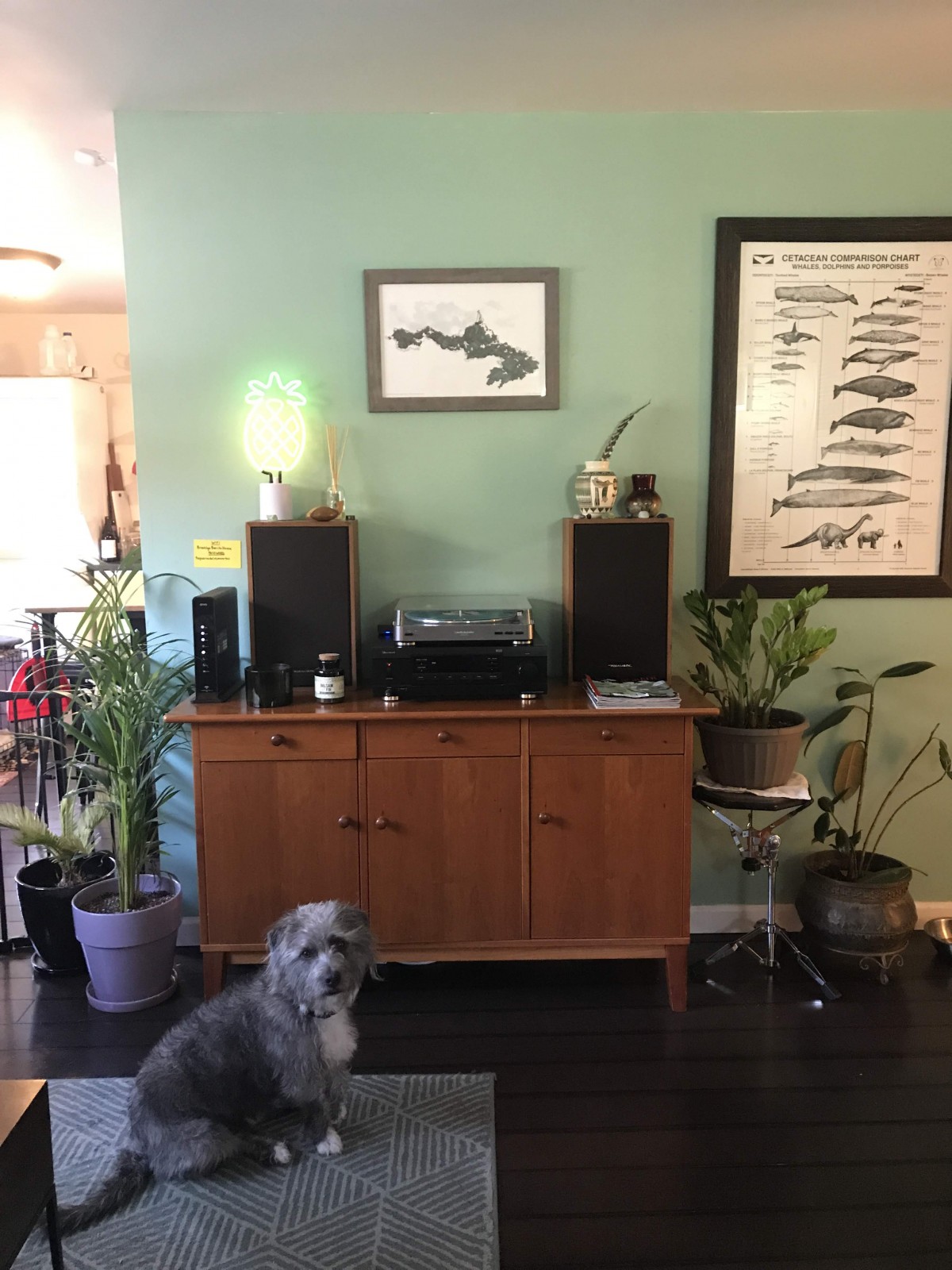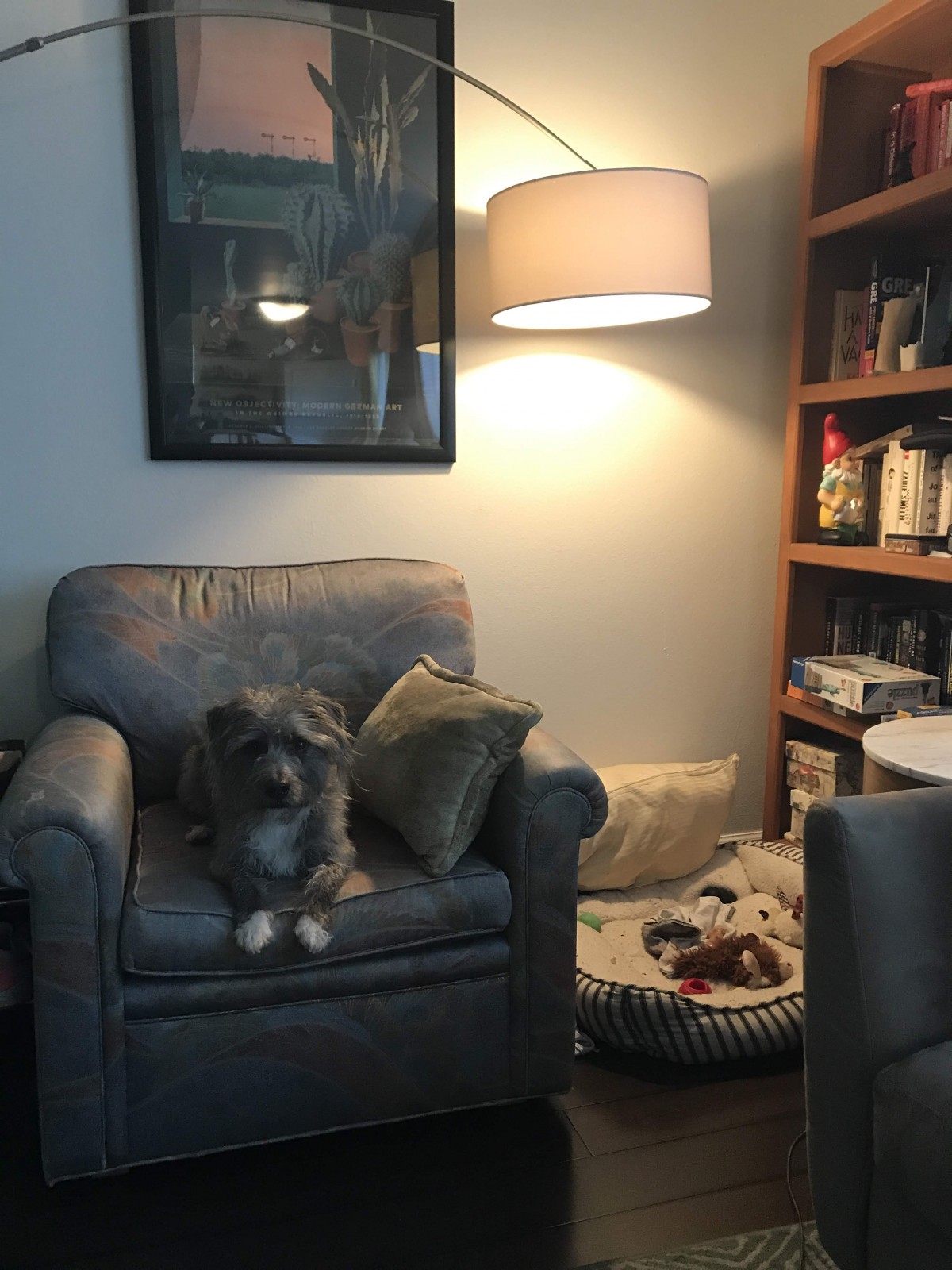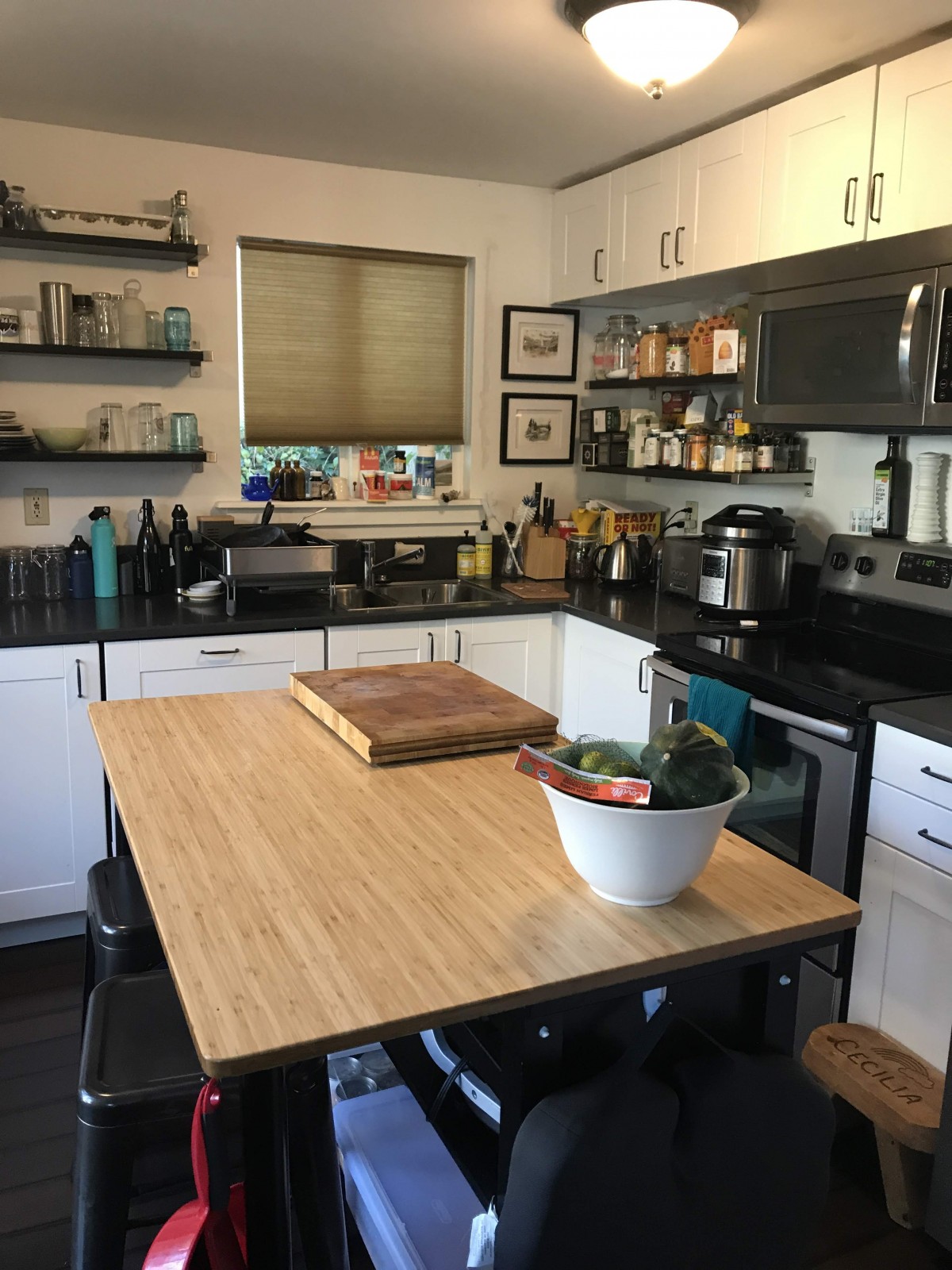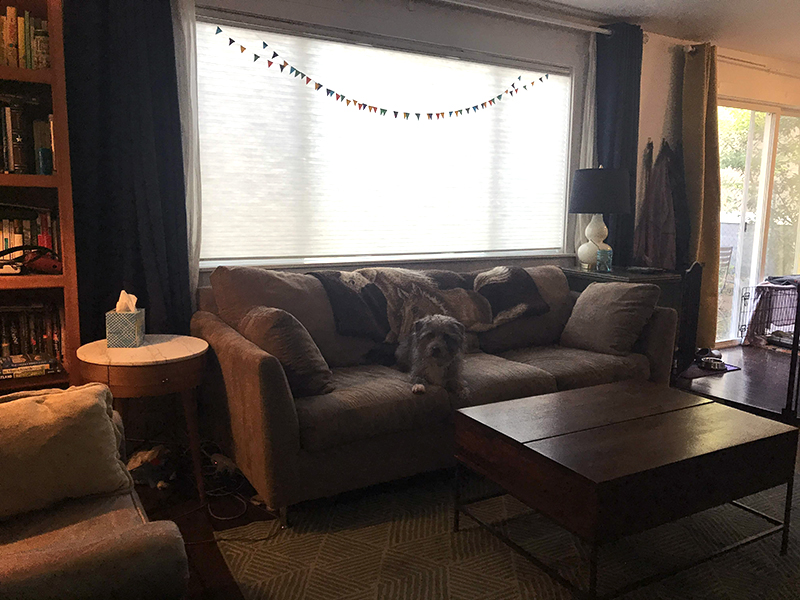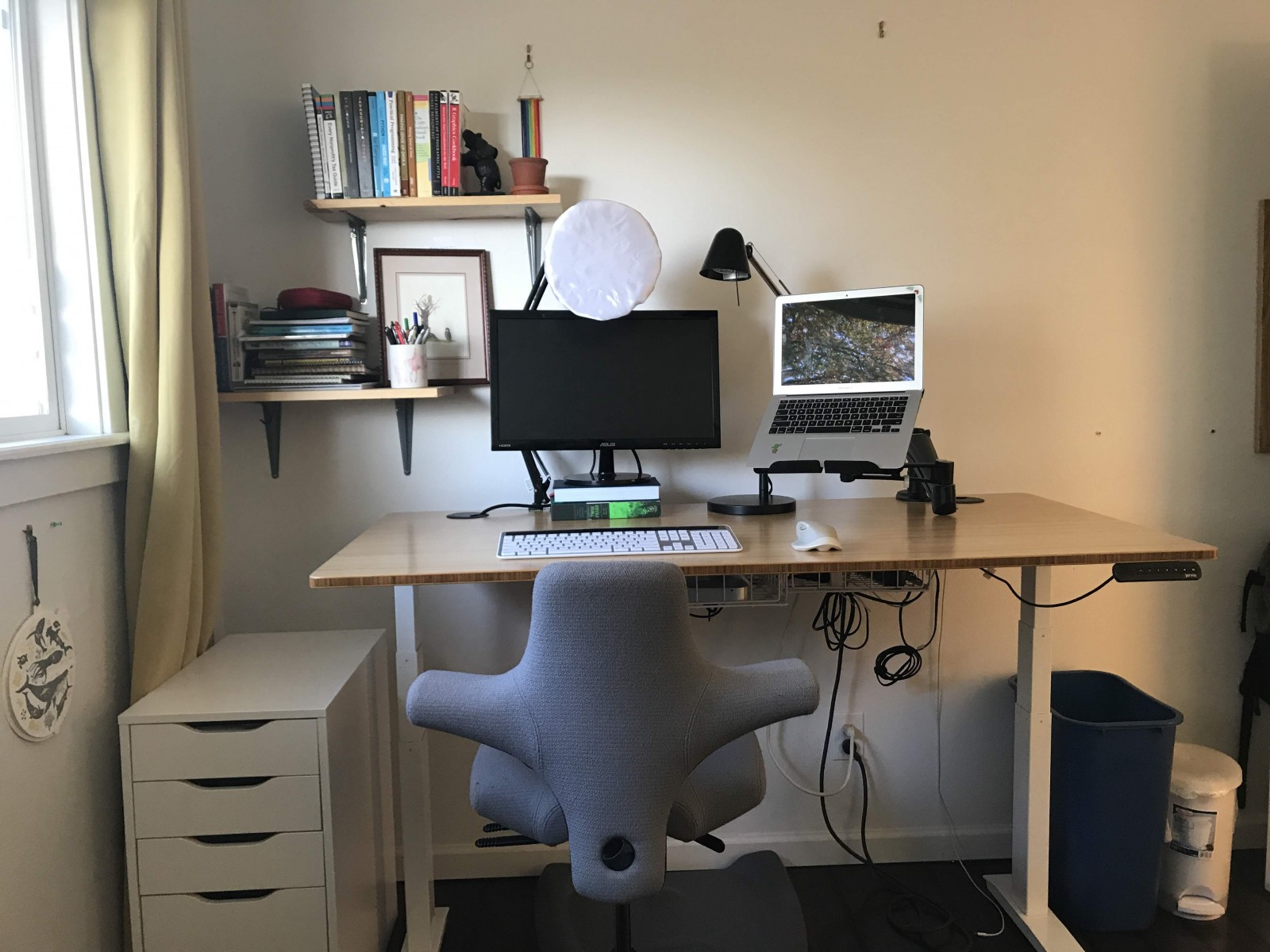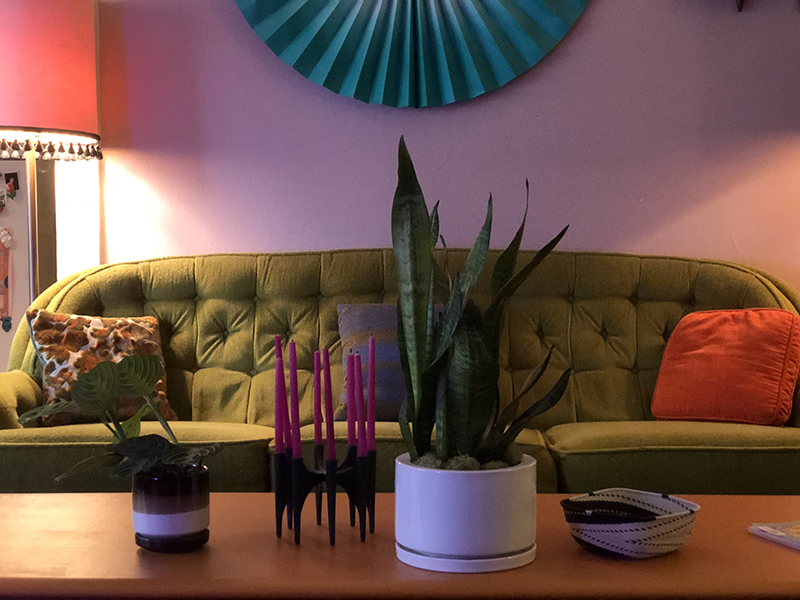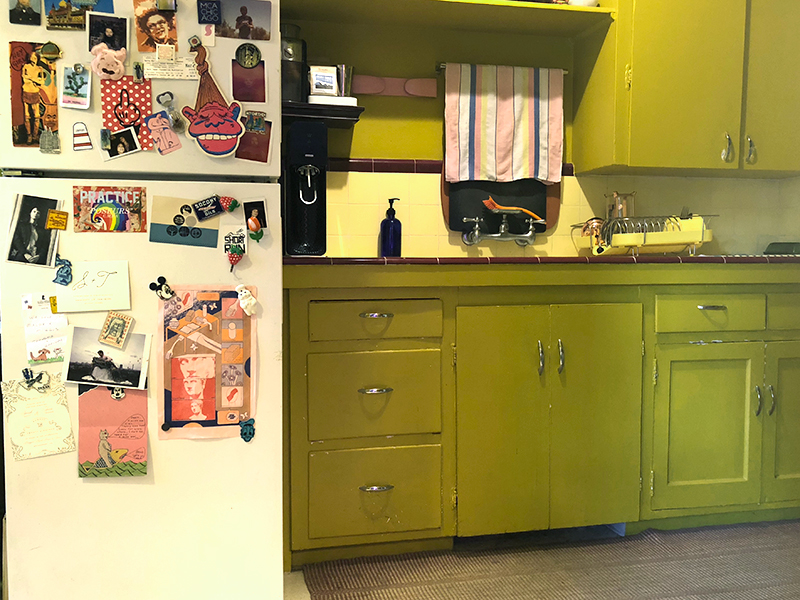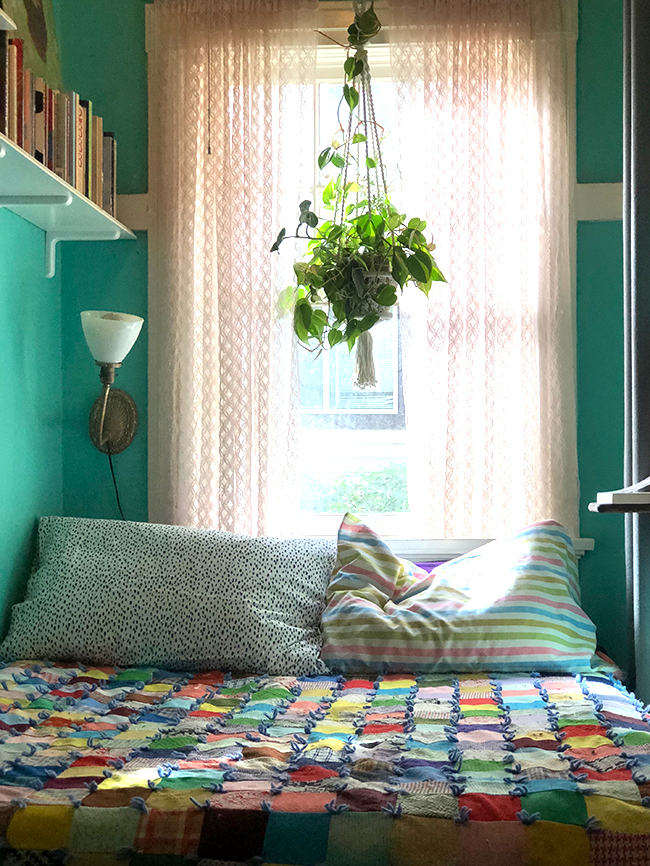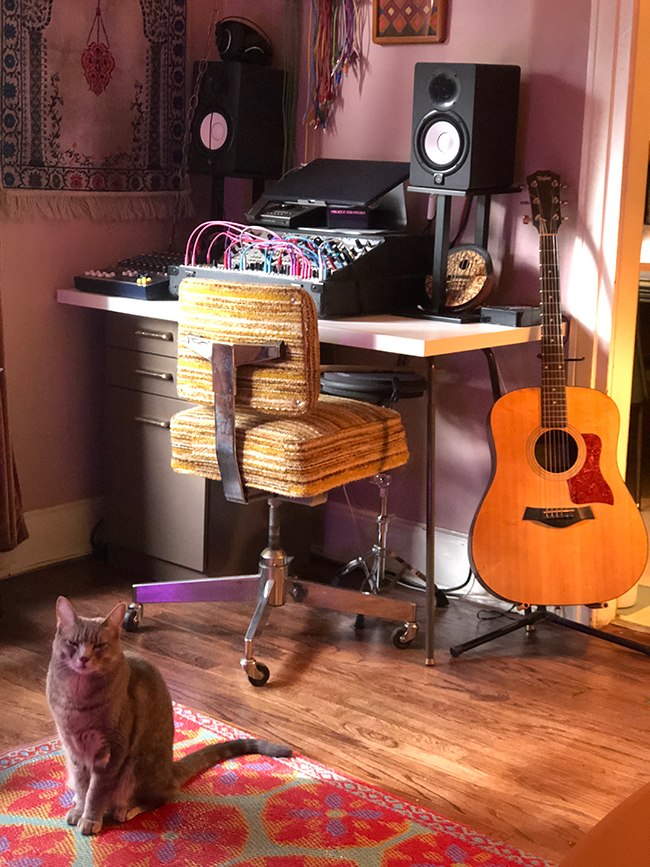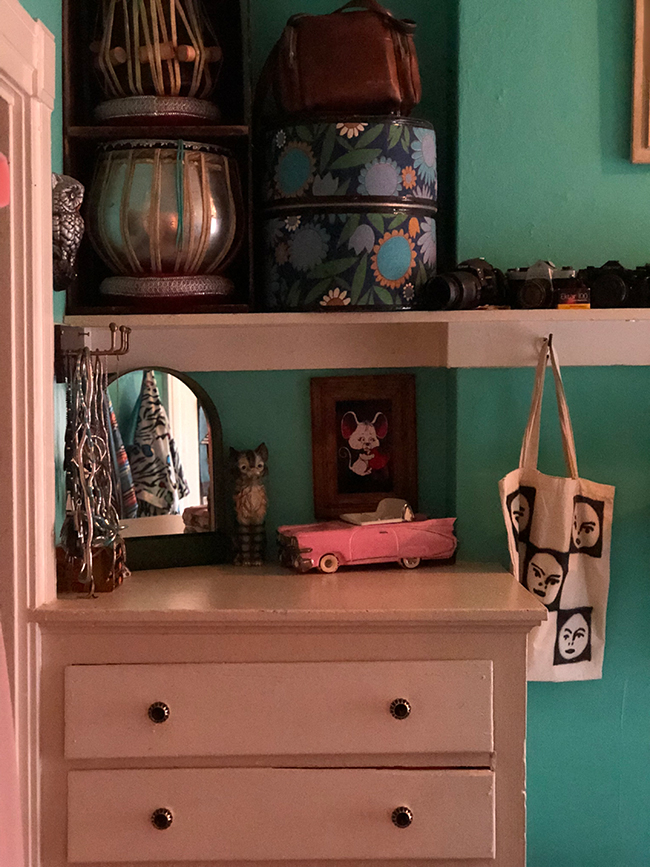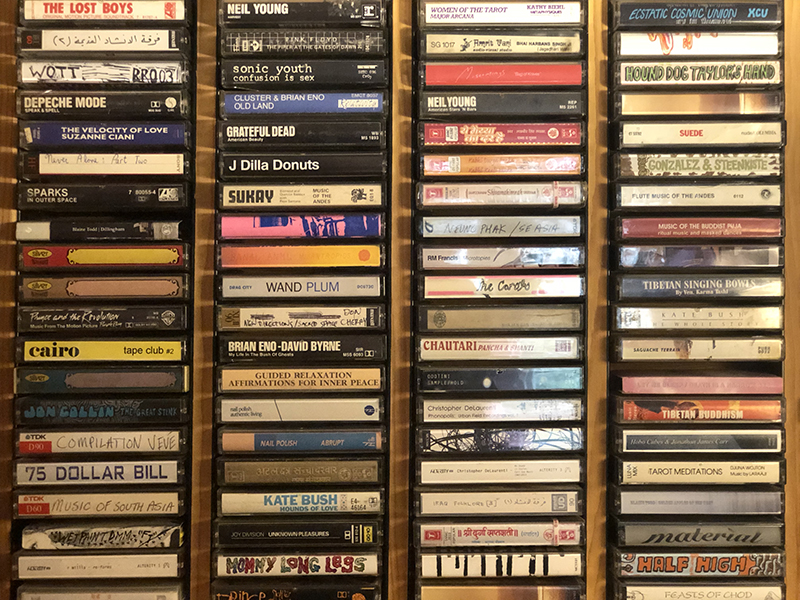How to Break Up With Your Real Estate Agent
Buying or selling a home rarely happens overnight, and it's not uncommon for buyers or sellers to interface or even work with multiple agents. Best-case scenario, the right agent shows their face early, and the relationship (and transaction) is a huge success.
But somewhere along the way, you may find that your relationship with your real estate agent just isn't working anymore. Maybe the agent is moving faster than you'd like. Or they're not as available as you need them to be. Maybe they just don't get you.
So what do you do? Is it OK to break up with your real estate agent? And if so, how do you gracefully end it?
The answer depends on whether you're working with an agent as a buyer or a seller.
Advice for buyers
Real estate agents earn their commissions from sellers, and the money is split between the sellers’ and buyers’ agents. As a general rule, buyers won't be asked to enter into a contractual or financial agreement with a real estate agent.
Instead, a buyer makes a (sometimes nonverbal) handshake agreement with the real estate agent. You're basically agreeing to exclusively rely upon that agent. And that's fair.
Agents often work hard and spend a lot of time engaging with buyers, watching the market, writing contracts, showing properties, reviewing disclosures and so on. Imagine how they'd feel after spending months working with a client only to be informed that another agent found them the home they want?
Before you shake hands, do your homework. Ask friends for references, and check out online agent reviews.
Going to open houses is a good way to meet and interview agents who work where you want to buy. Don’t jump in with the first agent you meet. Like any relationship, start slow and feel it out. It’s harder to break up with your agent if you’re deeply engaged.
If you're not quite ready to be tied down, it's better not to engage an agent until you are ready. Early on, a good real estate agent should read your situation well and provide the appropriate amount of attention as needed. They'll act as a resource and be available when you need them. Once the search kicks into high gear, agents and buyers will spend lots of time together and communicate 24/7.
If you do find that a relationship isn’t working, be honest and upfront before more time passes. Offer the agent constructive feedback about why it's not working for you.
Advice for sellers
Since the seller pays the real estate agent's commission, the brokerage requires the seller to sign a listing agreement upfront. During the listing period, you're contractually obligated to work exclusively with the agent and brokerage firm, specifically on the sale of your home.
In fact, even if you find a buyer on your own (such as a friend), the listing agent or brokerage firm is still due their commission.
Just as a buyer must do their homework, it's even more important for a seller to do their research, given the commitment. Most listing agreements state that if the listing agent brings an offer at the listing price and the seller doesn't accept it, the agent is still due a commission. This scenario happens sometimes when the listing agent and seller aren't getting along.
In most situations, if the listing agent isn't doing a good job but there's still time left on the agreement, you should simply tell them it's not working out. A good, fair and honest agent will apologize for not meeting your expectations and will agree to release you from the agreement ahead of schedule. But that's not always the case, and sellers typically respond by no longer agreeing to open houses or considering offers from the agent.
Sometimes an agent wants to break up with the seller. Maybe the seller insists on keeping the price of the home too high or isn't cooperating to accommodate showings. The agent simply feels they can't be successful with the seller, no matter how much time they put into the job.
If you're a seller whose agent wants out of the agreement because you aren't taking the necessary steps to sell your home, it's best to let them go - and decide if you're really ready to sell or not.
Related:
- 5 Myths (and 5 Truths) About Selling Your Home
- What Makes a Good Real Estate Agent for Home Sellers
- Seller Advice: Changing Real Estate Agents
Note: The views and opinions expressed in this article are those of the author and do not necessarily reflect the opinion or position of Zillow.
Originally published September 2016.

